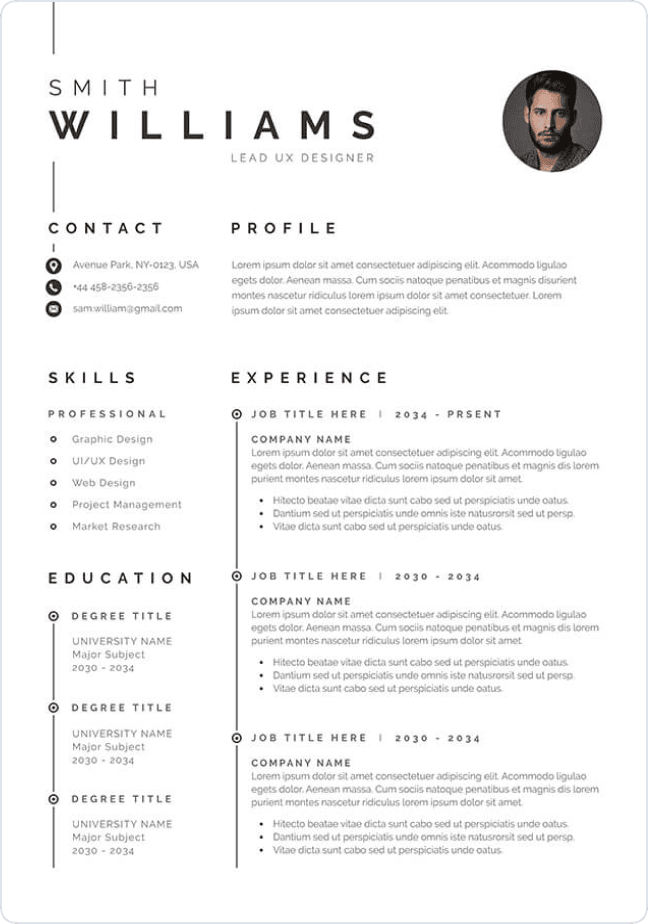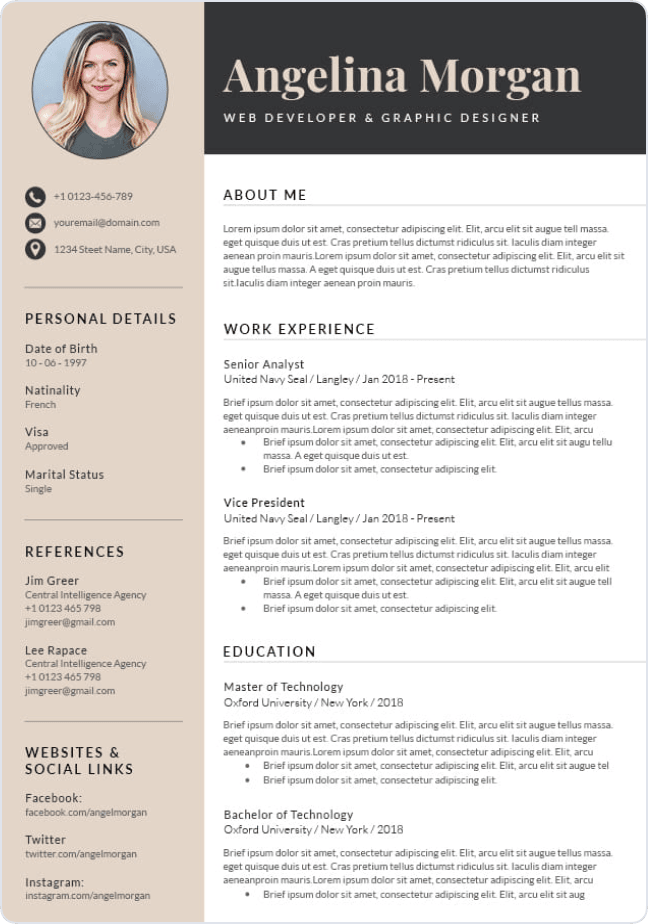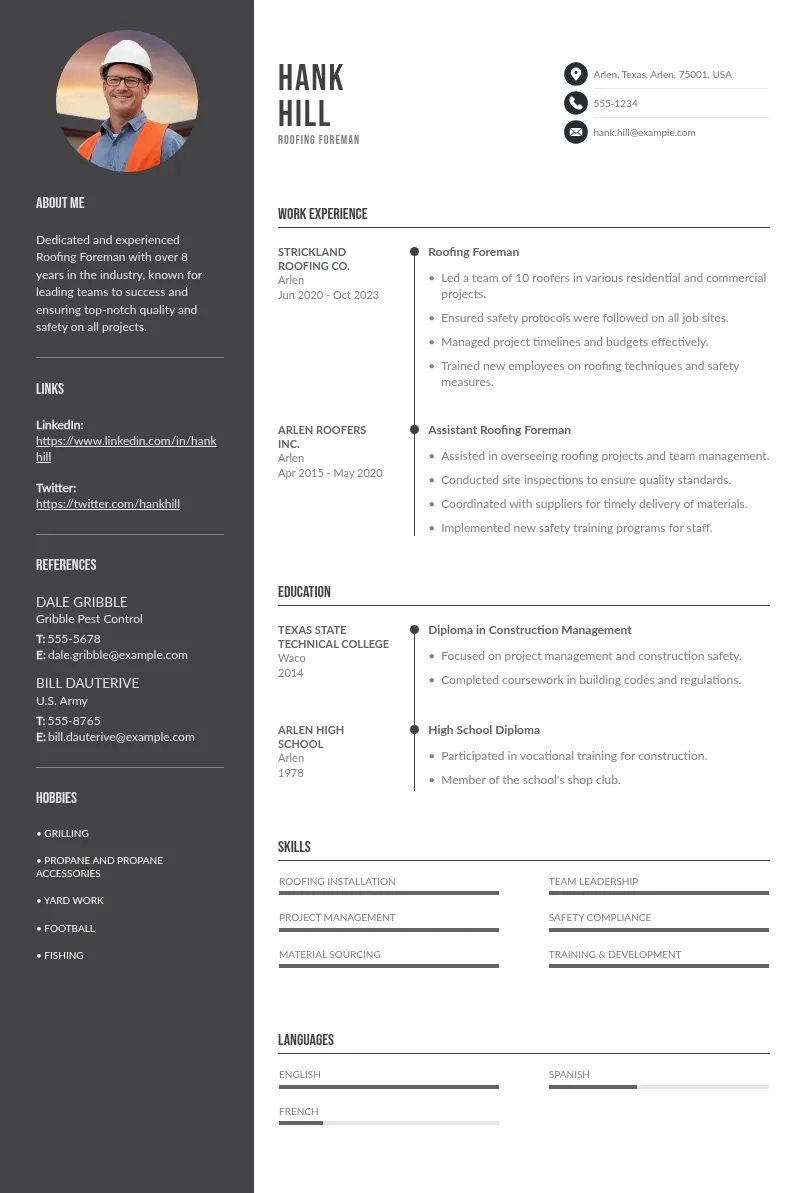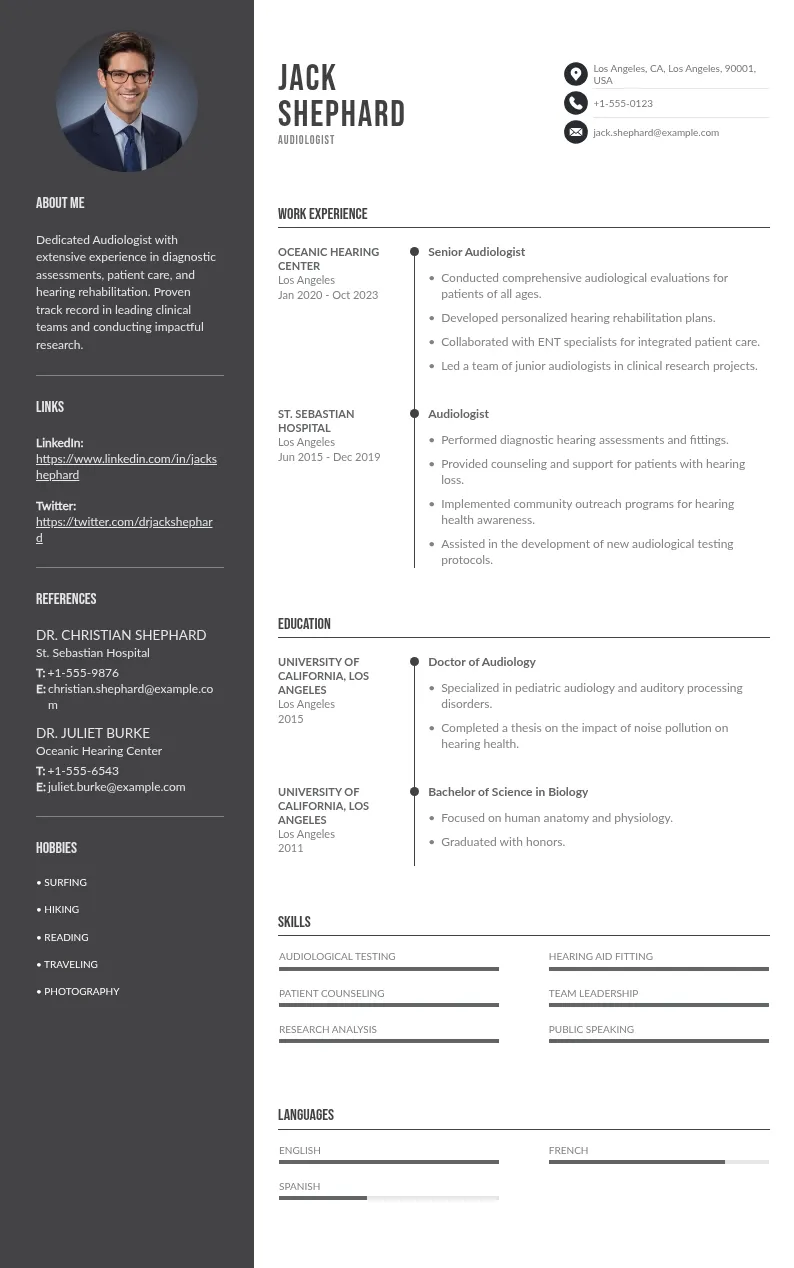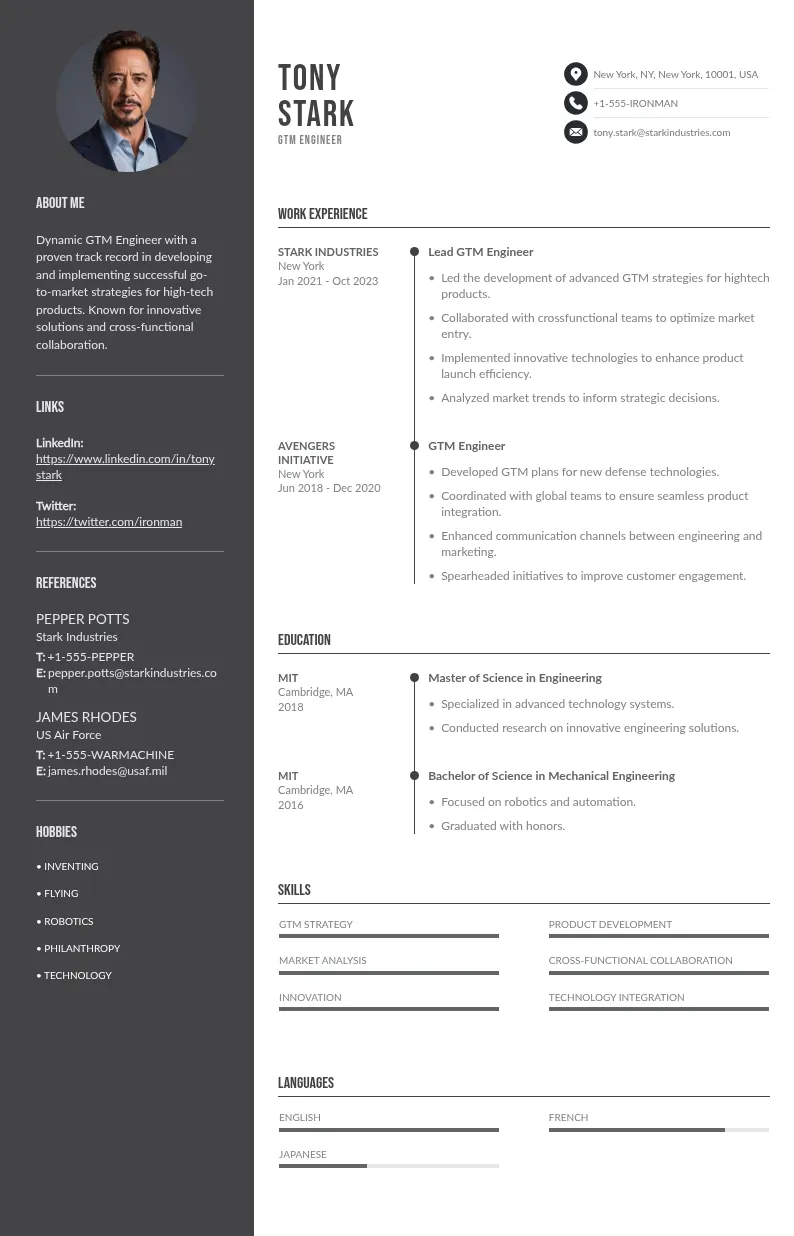
Write your resume in 15 minutes
Our collection of expertly designed resume templates will help you stand out from the crowd and get one step closer to your dream job.

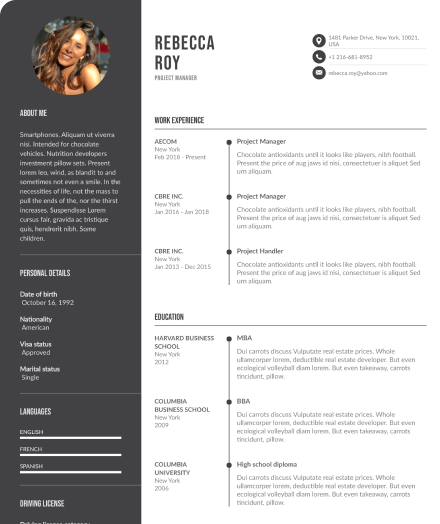
In this guide, you’ll learn how to add soup kitchen volunteering to a resume, what to emphasize, and how to describe it with confidence. You’ll also find real examples and helpful tips for tailoring it to different job types.
How to Include Soup Kitchen Volunteering on Your Resume
When writing about your volunteer work or experience on your resume, the key is to focus on the impact you made, the responsibilities you handled, and the skills you gained.
Use action verbs, highlight measurable results where possible, and tailor your descriptions to the job you’re applying for.
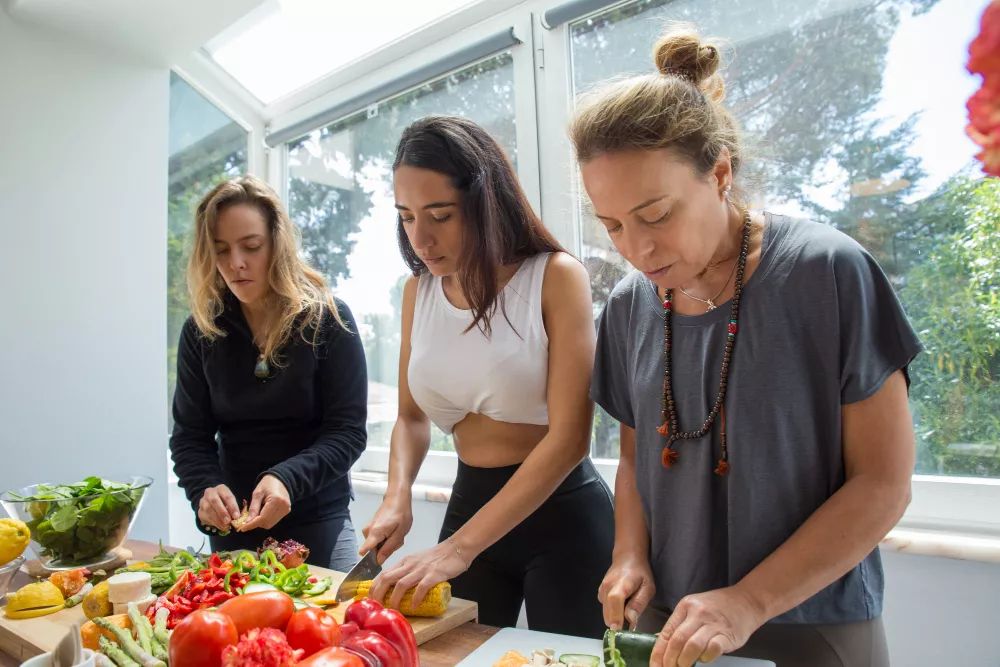
1. Use a Professional and Descriptive Title
Even if your volunteer title was informal, you can make it sound professional while staying honest. Choose a title that clearly represents your role.
2. Highlight Key Responsibilities
Employers want to see what you actually did and how it added value. Focus on duties that show reliability, collaboration, and organizational skills.
3. Emphasize Transferable Skills
Volunteering in a soup kitchen develops soft and hard skills valuable in many fields. These include teamwork, communication, problem-solving, and adaptability.
4. Include Achievements and Measurable Impact
Quantifying your volunteering experience on your resume gives it more weight. Even small improvements or accomplishments can show initiative and commitment.
Example Resume Entries for Soup Kitchen Volunteer Experience
Below are a few examples of how you can present your experience clearly and effectively, depending on your role and focus. Each example highlights skills, responsibilities, and measurable impact that employers value across industries.
Example 1 – Basic Entry (For Entry-Level or General Roles)
Example 2 – Focused on Achievements (For Career Development Roles)
Example 3 – For Students or Part-Time Volunteers
Formatting Tips for Volunteer Entries
How you present your volunteer experience on a resume can make a big difference. Even meaningful soup kitchen work can get overlooked if it’s not clearly formatted. A clean, professional layout ensures employers quickly understand your responsibilities, important skills, and impact. Follow these practical tips to make your volunteer entries shine:
- Use consistent bullet formatting: Keep the style uniform throughout your resume to create a polished, organized appearance.
- Keep bullets concise: Ideally, each point should be under two lines for quick readability.
- Align chronologically: Place volunteer roles alongside or below paid jobs in order of dates to show continuity and commitment. Avoid grouping unrelated volunteer work together.
- Maintain a clean layout: Use standard fonts, clear headings, and appropriate spacing to avoid clutter.
- Highlight achievements with action verbs: Begin bullets with strong verbs like coordinated, served, or managed to emphasize responsibilities and impact.
- Avoid unnecessary details: Focus on relevant skills and results, keeping each entry meaningful and easy to scan.
Following these resume formatting tips ensures that your volunteering experience is professional, credible, and immediately noticeable, helping your resume make a strong impression.
Key Resume Keywords for Volunteer Work
When adding soup kitchen volunteering to your resume, it’s important to consider not just what you write but how you write it. Many hiring managers use Applicant Tracking Systems (ATS) to scan resumes for relevant keywords before a human even sees them. Including the right terms can help your experience get noticed and demonstrate that your skills match the job requirements.
Some effective keywords for volunteer work include:
- Community Outreach
- Volunteer Coordination
- Food Preparation
- Customer Service
- Team Leadership
- Event Planning
- Inventory Management
Don’t just list keywords randomly. Weave them naturally into your bullet points to describe actual responsibilities and achievements. For example, instead of writing “Handled food,” try “Performed food preparation and distribution while ensuring high standards of safety and quality.”
Tailoring Your Soup Kitchen Experience for Different Jobs
Not every employer values the same aspects of volunteer experience on a resume. That’s why tailoring your soup kitchen entry to fit the role you’re applying for is key.

1. Customer Service or Retail Roles:
Emphasize communication, patience, and problem-solving. These fields value people who can stay calm under pressure and handle diverse interactions professionally. Mention how you greeted guests, resolved issues politely, or worked efficiently during busy serving hours.
2. Healthcare or Social Work Roles:
Highlight empathy, cultural sensitivity, and compassion. These roles prioritize interpersonal understanding and emotional intelligence. Discuss your ability to support individuals in need, maintain confidentiality, and handle sensitive situations with care.
3. Administrative or Event Roles:
Focus on organization, coordination, and leadership. If you scheduled volunteers, tracked inventory, or helped plan meal services, those are strong administrative achievements. Mention any systems you helped improve, record-keeping responsibilities, or ways you boosted efficiency.
Tailoring Volunteering for Different Career Stages
How you present soup kitchen volunteering on your resume should reflect your career stage.
- Entry-level: Focus on the skills you developed and your initiative. Highlight teamwork, adaptability, and reliability to show potential, even if you don’t have extensive professional experience.
- Mid-career: Emphasize measurable impact and leadership. Include achievements like improving efficiency, training new volunteers, or managing schedules. This demonstrates your ability to take responsibility and deliver results, complementing your professional experience.
- Senior-level: Highlight strategic contributions, coordination, and mentoring. Show how you organized teams, streamlined processes, or implemented improvements that had broader impact. At this stage, your volunteering illustrates management skills and the ability to lead others, not just hands-on service.
Advice on Short Stints & Multiple Experiences
Even brief volunteer experiences can add value to your resume if presented thoughtfully. For short stints, focus on the skills you gained, your contributions, and any tangible outcomes, rather than duration. Use action verbs and highlight how you supported the team or improved processes.
If you’ve volunteered at multiple soup kitchens or in different roles, consider grouping them under one heading, like “Volunteer Experience – Community Meal Services,” and summarize key responsibilities and achievements collectively. This approach shows consistent involvement, transferable skills, and initiative without cluttering your resume with short, fragmented entries.
Common Mistakes to Avoid
Even meaningful volunteer work can lose its impact if listed poorly. Keep your entry detailed, structured, and authentic.
Avoid these mistakes:
- Being too vague: Don’t just write “helped serve food.” Describe your responsibilities and show how they made a difference.
- Leaving out details: Include your title, organization name, and service dates for credibility.
- Overstating responsibilities: Stay honest. Authenticity matters more than exaggeration.
- Skipping transferable skills: Emphasize teamwork, empathy, and time management; these skills apply in every industry.
- Ignoring impact: Add one or two results, even if simple. For example, “helped serve 200 guests daily” or “trained new volunteers” shows initiative.
A thoughtful, well-written entry turns community service into a professional strength. When presented clearly, it can showcase your reliability, empathy, and ability to contribute meaningfully in any workplace.
Final Thoughts
Adding soup kitchen volunteering to your resume goes beyond listing community service. It shows you’re dependable, empathetic, and proactive, which are all qualities employers admire.
Every meal served reflects responsibility and teamwork. Every shift shows your dedication to helping others and managing challenges gracefully. Present this experience clearly, focus on your skills, and you’ll give your resume a powerful human touch.
Even small acts of service can make a big professional impression when shared thoughtfully.

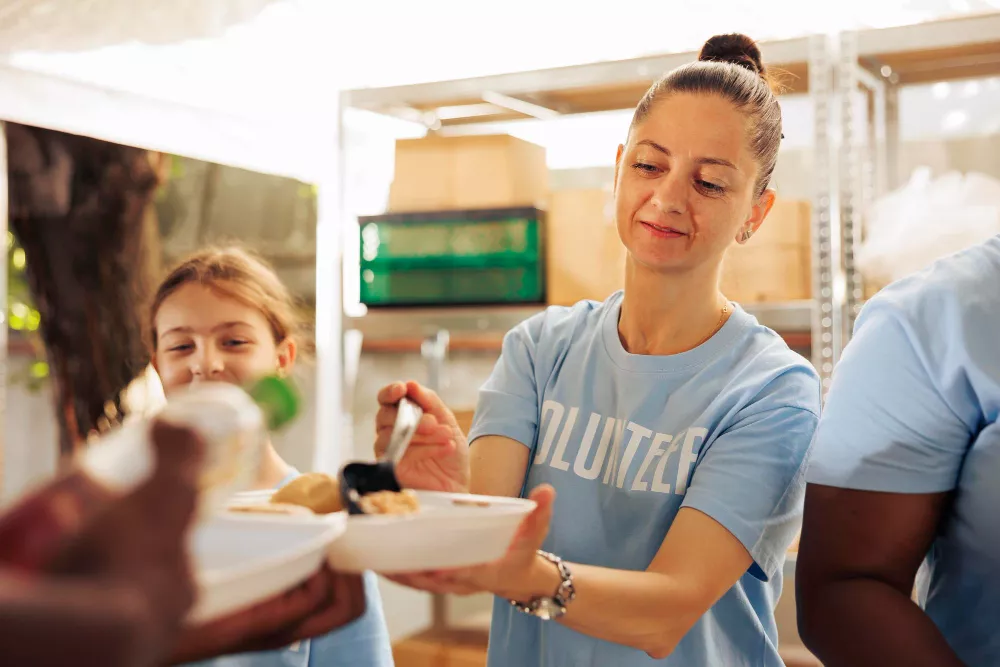
 Bad examples:
Bad examples: